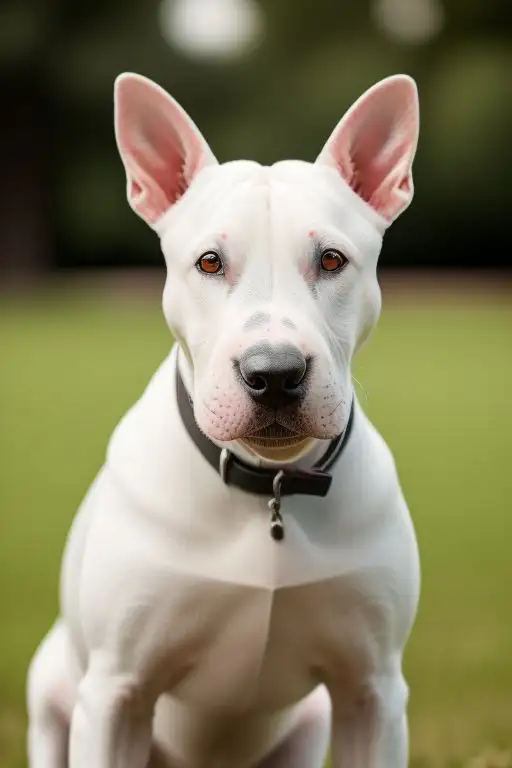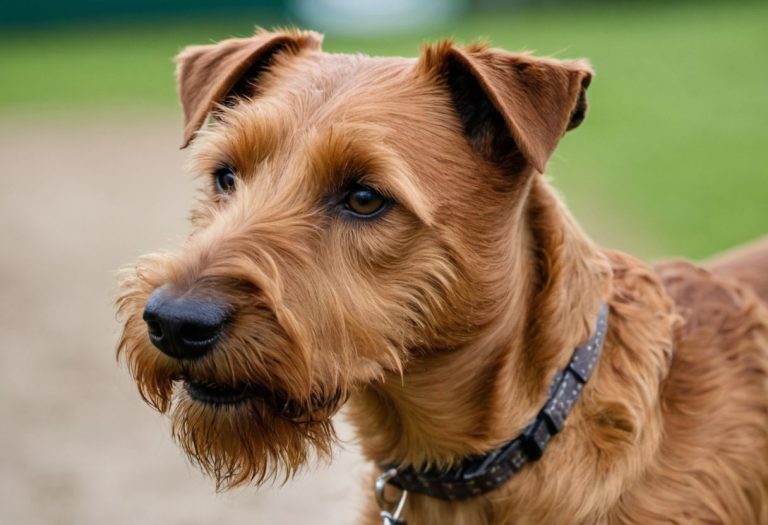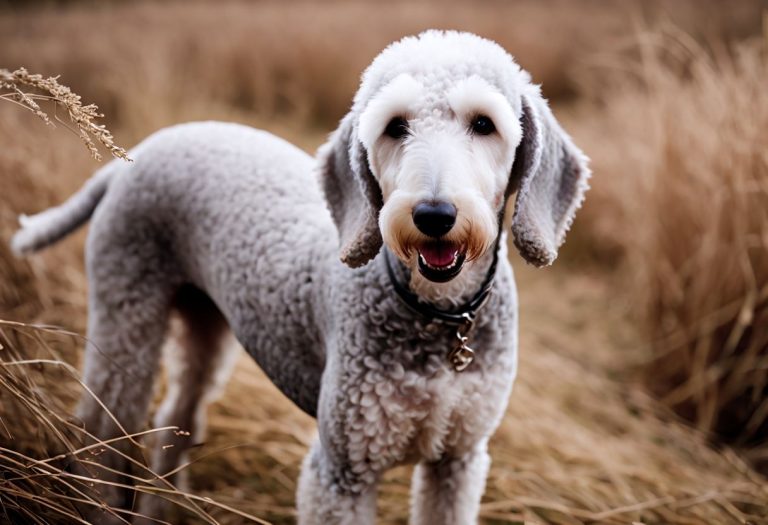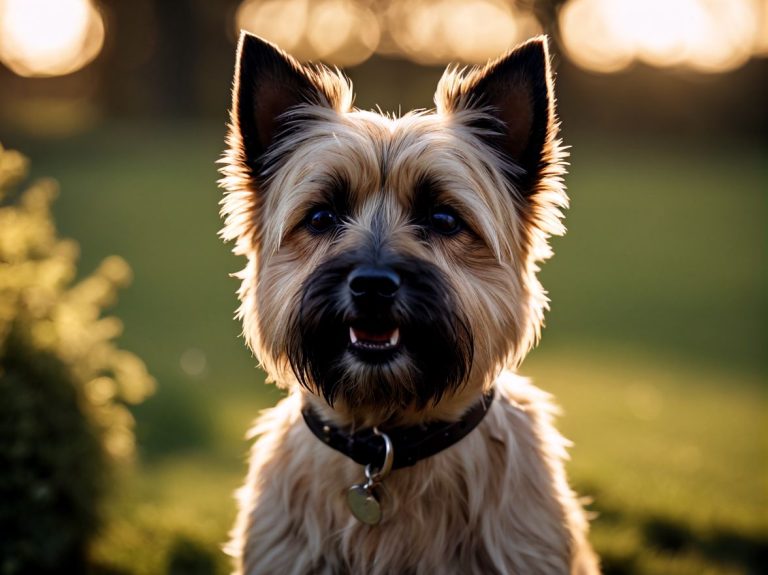LAKELAND TERRIER: The Perfect Dog
Discover about Lakeland Terrier a energetic, intelligent, and courageous dog breed originating from England’s Lake District. These dogs are generally friendly and affectionate towards their families but can be reserved with strangers.

The Lakeland Terrier is a small to medium-sized dog breed that originated in the Lake District of England. They are known for their sturdy build, compact size, and distinctive, wiry coat. Historically, they were bred for hunting vermin, particularly foxes, badgers, and otters.
Let’s get started to learn about their distinctive appearance, temperament, and historical role as skilled hunters.
History
The Lakeland Terrier, hailing from the rugged Lake District of England, has a history steeped in the tradition of hunting. This breed was developed in the 19th century, this feisty terrier was bred to assist farmers and gamekeepers in controlling pests like foxes and badgers.
Their small size and agility made them adept at navigating the challenging terrain of the Lake District while fearlessly pursuing their quarry. Over time, they were transformed from working dogs to beloved companions, prized for their loyalty, intelligence, and lively personality.
Today, the Lakeland Terrier remains a cherished breed, admired for its spirited nature and charm.
Appearance
This terrier is a small to medium-sized dog breed known for its sturdy build and distinctive, wiry coat. It has a rectangular-shaped body with strong legs and a deep chest. Their double coat consists of a harsh, wiry outer coat and a soft undercoat, which provides protection from harsh weather conditions.
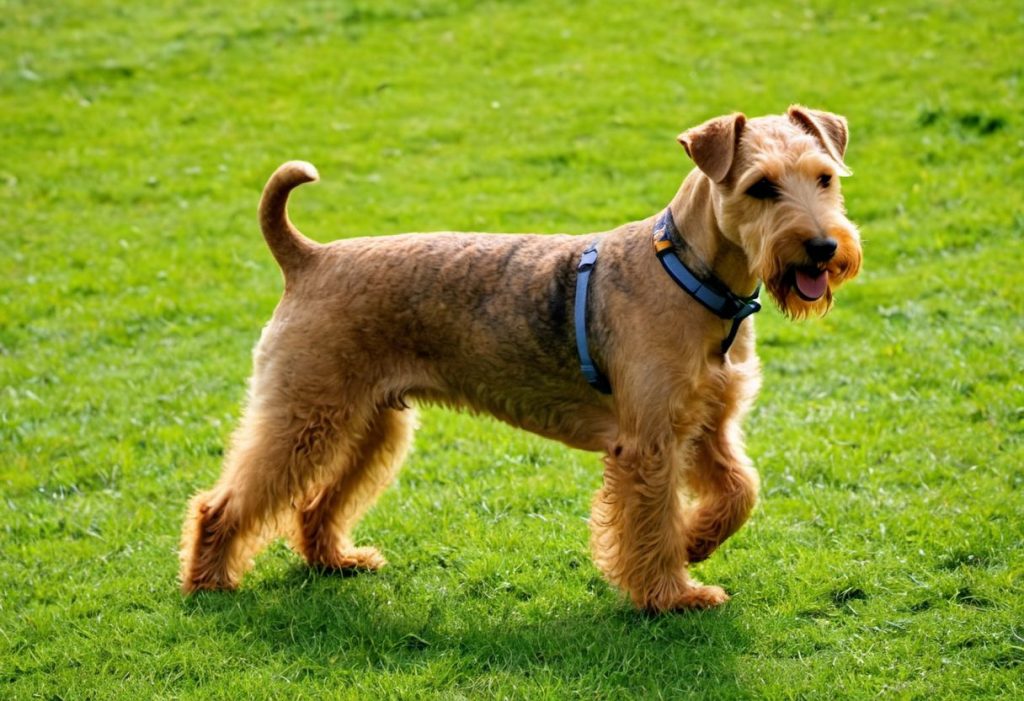
Physical Characteristics
Height
- Male 13-14 inches
- Female 12-13 inches
Weight
- Male 17-19 pounds
- Female 15-17 pounds
Coat
This hunting terrier has a harsh and wiry outer coat with a soft undercoat.
Color
The main colors are:
- Black and tan
- Blue and tan
- Red
- Wheaten
- Liver
Eyes
The eyes are small and dark.
Ears
The ears are V-shaped, small, and fold close to the head.
Tail
The tail is customarily docked to about half of its length.
Lifespan
The average lifespan is around 12-16 years.
Temperament
This terrier breed is known for its bold, confident, and spirited temperament. They are intelligent, alert, and energetic, with a strong hunting instinct. While they can be independent and assertive, they are also affectionate and loyal companions, forming strong bonds with their families. Proper socialization and training are important to channel their energy positively and ensure good behavior.
Grooming
These hunting terriers require regular grooming to maintain their wiry coat and overall appearance. The grooming includes regular brushing which helps prevent matting and removes loose hair. A slicker brush or a comb can be used to gently remove dirt and debris from the coat. They have a double coat that needs hand-stripping to maintain its texture and color.
Hand-stripping involves pulling out dead hairs by hand or with a stripping knife to encourage new growth and maintain the wiry texture. Regular trimming of the coat, especially around the face, ears, and feet, helps keep them neat and tidy.
Occasional baths with a mild dog shampoo help keep the coat clean and free of dirt and odors. Avoid over-bathing, as it can strip the coat of its natural oils. Regular nail trimming is essential to prevent overgrowth and discomfort.
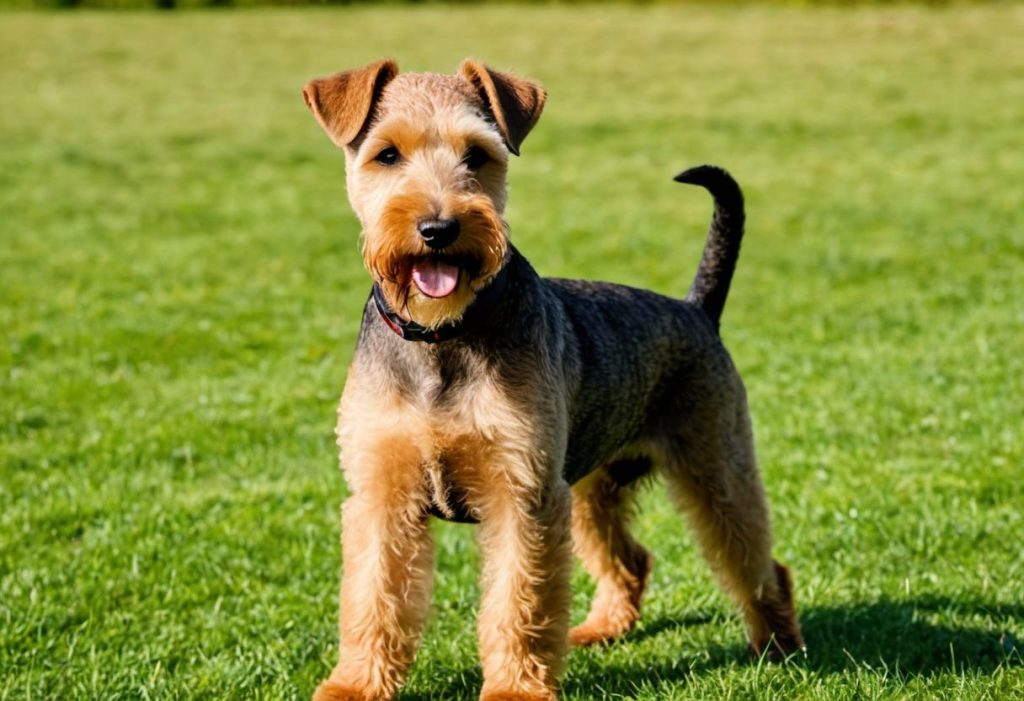
Training
Training is crucial for them to channel their intelligence and energy positively. Begin training your dog as soon as you bring them home, as early socialization and obedience training are essential for shaping their behavior.
Expose your terrier to various people, animals, and environments from a young age to help them become well-adjusted and confident adults. This helps prevent shyness or fearfulness.
Teach him basic obedience commands such as sit, stay, come, and heel. These commands not only improve their behavior but also strengthen the bond between you and your dog. Despite their small size, they have a strong prey drive and may chase small animals if left unsupervised. Ensure off-leash time is in a secure area or under close supervision.
Exercise
These terriers are active and energetic dogs that require regular exercise to maintain their physical and mental well-being. Provide your dog with daily walk to fulfill his exercise needs and allow him to explore environment. Aim for at least 30 to 60 minutes of walking per day, divided into multiple sessions if needed.
Involve your terrier in games like fetch, tug-of-war, and hide-and-seek as they are great ways to keep him entertained and active.
Always use positive reinforcement techniques to make training sessions fun and rewarding. Consider participating in dog sports such as obedience trials, rally obedience, or even scent work. Allow your hunting terrier to run and play off-leash in a secure area such as a fenced backyard or dog park. Always supervise off-leash activities to ensure their safety.
Nutrition
Proper nutrition is essential for maintaining the health and well-being. Choose a high-quality commercial dog food that is specifically formulated for small to medium-sized breeds. Look for options that list meat as the first ingredient and avoid foods with excessive fillers or artificial additives. Ensure to provide a diet which is well-balanced and provides all the essential nutrients they need. This includes protein for muscle development, fat for energy, carbohydrates for fiber and energy, vitamins, and minerals.
Make sure your terrier has access to fresh, clean water to stay hydrated throughout the day. Limit the number of treats you give. Treats should not exceed 10% of your dog’s daily caloric intake to prevent weight gain.
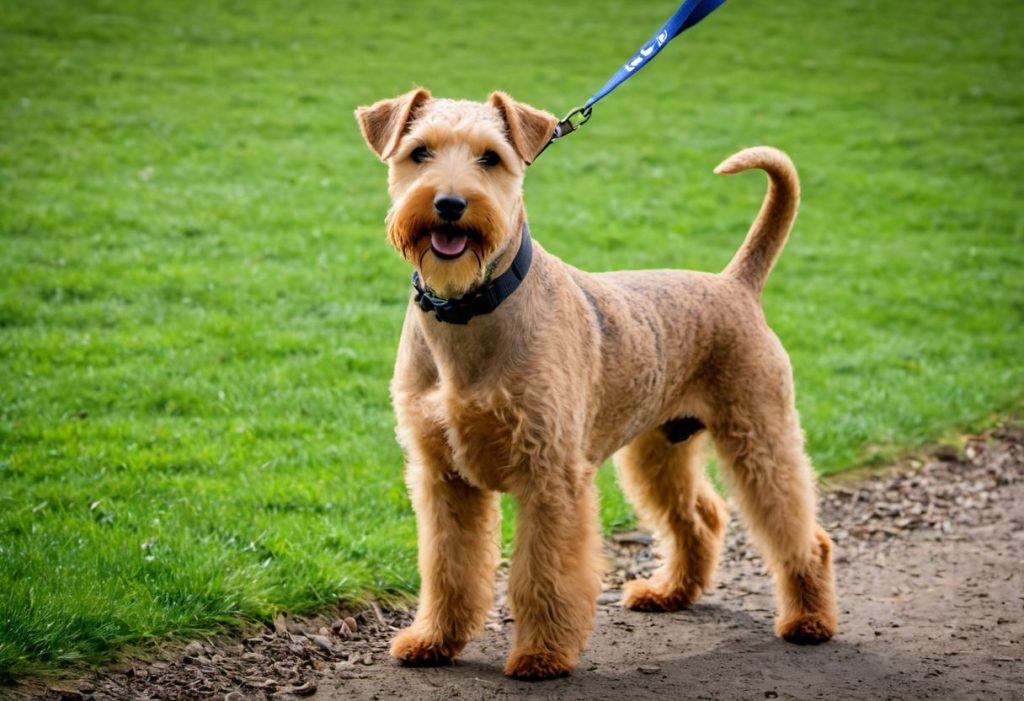
Health Concerns
They are generally healthy dogs, like all breeds, they may be prone to certain health concerns. Some common health issues may include:
Legg-Calvé-Perthes Disease
This condition involves the degeneration of the hip joint, leading to pain and lameness. It typically affects small dog breeds like the Lakeland Terrier.
Lens Luxation
This is a condition where the lens of the eye becomes dislocated from its normal position, leading to vision problems and potential blindness.
Patellar Luxation
This is a condition where the kneecap (patella) dislocates or moves out of its normal position, causing lameness and discomfort.
Hypothyroidism
They may be prone to hypothyroidism, a condition where the thyroid gland does not produce enough thyroid hormone. Symptoms may include weight gain, lethargy, and skin issues.
Allergies
These terriers can develop allergies to various environmental factors, such as pollen, dust, or certain foods. Allergies may manifest as skin irritation, itching, or gastrointestinal issues.
Cataracts
These hunting terriers may be susceptible to developing cataracts, which can affect vision and lead to blindness if left untreated.
Von Willebrand’s Disease
This is a blood clotting disorder that can cause excessive bleeding and bruising in affected dogs.
Bottom Line
Lakeland Terrier is a spirited and intelligent breed known for its boldness, loyalty, and affectionate nature. Originating from England’s Lake District, these dogs have a rich history as skilled vermin hunters. With their sturdy build, wiry coat, and keen expression, these terriers possess a distinctive appearance that reflects their heritage.
FAQs (Frequently Asked Questions)
Q: Are Lakeland Terriers good family pets?
Yes, Lakeland Terriers can be good family pets. They are loyal, affectionate, and enjoy being part of a family.
Q: Do these Terriers get along with children?
With proper socialization and supervision, these terriers can get along well with children. However, interactions should always be supervised to prevent accidents.
Q: Are these hunting terriers hypoallergenic?
While no dog breed is completely hypoallergenic, these hunting terriers are considered to be a hypoallergenic breed because they shed very little.
Q: Do they bark a lot?
They have a tendency to bark, especially when they sense something unfamiliar or perceive a threat. Proper training can help manage excessive barking behavior.
Q: Do they shed a lot?
They shed minimally, but regular grooming is still necessary to prevent matting and maintain their coat’s texture.
Q: Are these terriers good with other pets?
With proper socialization, these terriers can get along well with other pets. However, their strong prey drive may make them inclined to chase smaller animals.
Q: Are Lakeland Terriers good watchdogs?
Yes, Lakeland Terriers are alert and will bark to alert their owners of any perceived threats. However, they are not typically aggressive unless provoked.
Q: Can Lakeland Terriers live in hot climates?
Lakeland Terriers can adapt to various climates, including hot climates, as long as they have access to shade, fresh water, and are not exposed to extreme heat for prolonged periods.

